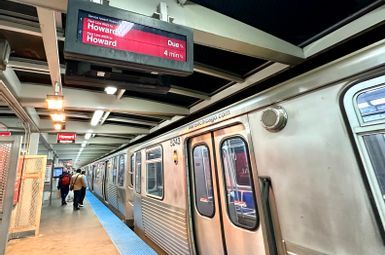
Research led by the University of Michigan arrived at a surprisingly unsurprising result while assessing the sustainability gap between public transit and services like Uber and Lyft.

Combating climate change requires developing new strategies for human settlement and activity. After all, more than half of total global carbon emissions come from the construction and maintenance of buildings, bridges, and roads. U-M experts, and initiatives like the Center for Low Carbon Built Environment and the Global CO2 Initiative, are driving new innovations in sustainable architecture, materials, transportation, and construction to secure a built environment better for human health, human connectivity, and the natural environment.

Research led by the University of Michigan arrived at a surprisingly unsurprising result while assessing the sustainability gap between public transit and services like Uber and Lyft.
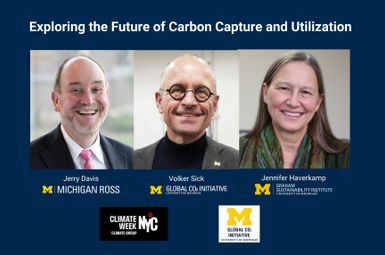
Carbon-based products are central to our economy, yet urgent action is needed to combat climate change. As part of Climate Week NYC, the Global CO2 Initiative held a discussion how carbon capture and utilization can mitigate the negative impacts of fossil fuel use, addressing the technology’s economic and social impacts, as well as its challenges.

In certain parts of the U.S., the ability of residents to prepare for and respond to flooding is being undercut on three different levels.

Not all of us can afford to wear the latest styles fresh from the world’s maisons, so we often turn to fast-fashion retailers in order to participate in aesthetic trends. But our planet cannot sustain these habits, which cause an enormous amount of textile waste that unfairly burdens communities in the global South and actively harms the environment.
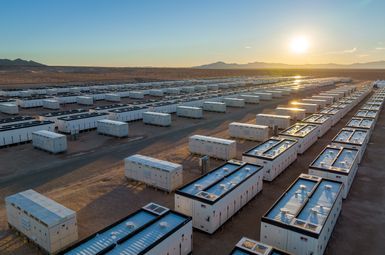
U-M has published a guidebook to help communities navigate the arrival of new battery energy storage systems amid changing energy policies.
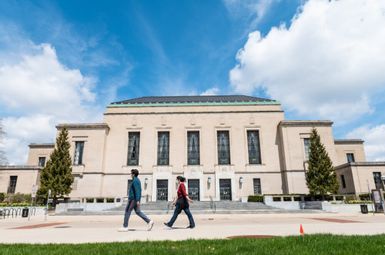
This year’s survey will focus on critical topics including carbon neutrality, transportation, waste prevention, climate change, and food sustainability. New questions on climate anxiety will explore respondents' feelings about climate issues and their experiences with direct impacts.
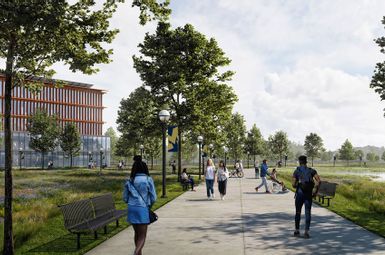
At the core of Campus Plan 2050 is a commitment to sustainability. The initiative proposes innovative infrastructure solutions, including geo-exchange systems designed for efficient heating and cooling through ground-source heat pumps, as well as extensive building retrofits that enhance energy efficiency and sustainability, and efficiency upgrades to the transit system.

Along M-22 in northwestern Michigan, people with mobility challenges can access breathtaking views of Lake Michigan from a 300-foot-high platform, explore rare birds and plants in a restored marsh or lose themselves in coastal dunes and forests once off-limits.
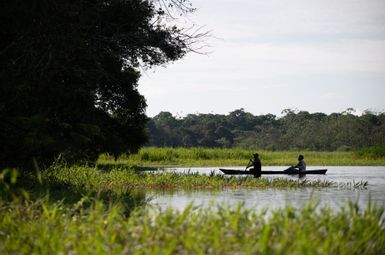
Hundreds of terrestrial and aquatic animal species live in the Boca do Mamirauá Reserve, located in the upper reaches of the Amazon, at the confluence of the Solimões and Japurá rivers. It is the first destination of the U-M Pantanal Partnership students this year.
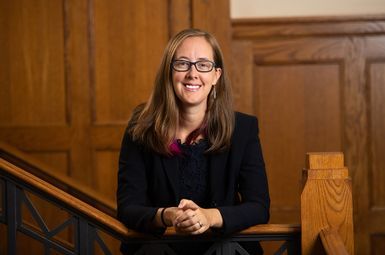
The United States’ struggle to build electricity transmission capacity connecting low-cost producers has environmental and economic consequences for energy companies.
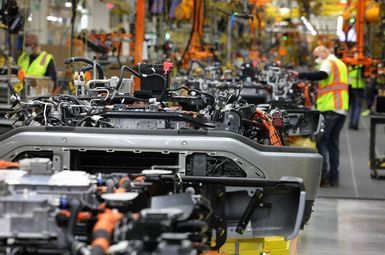
U.S. auto plants producing battery electric vehicles have required a larger workforce than traditional internal combustion engine plants—a finding that runs counter to early predictions about how EVs would impact the industry.
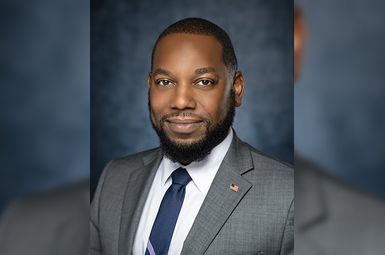
"Energy justice is this concept that really looks at how do communities participate in both the health environment and social impacts of our energy system, recognizing that the energy system has had certain burdens on communities. And so environmental justice is really saying that all communities, regardless of race and income and geography, should be afforded a clean environment."

The pathway to improving the health of hundreds of thousands of residents in Michigan’s largest cities is laid out in a new information hub that provides a panoramic look at the major factors impacting the wellbeing of these individuals.
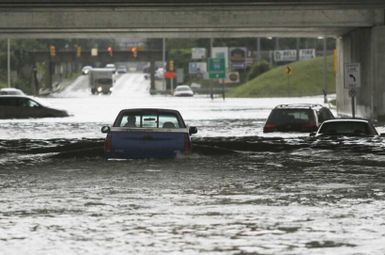
Massive 2014 flooding event in southeast Michigan showed why systems thinking beats local thinking in flood protection.
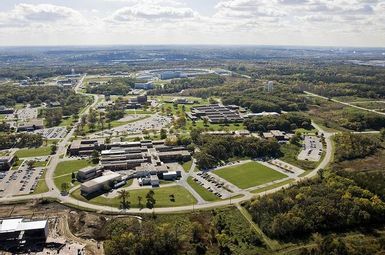
Maximizing the benefits of clean energy requires new ways to store it, and U-M engineers will partner in a new research hub created by the U.S Department of Energy (DOE), designed to develop and further battery innovations.
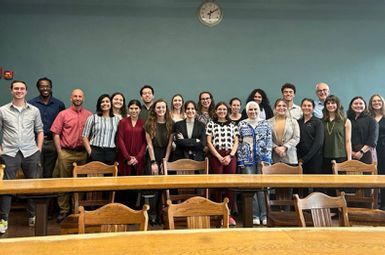
In collaboration with the Michigan Climate Action Network (MiCAN) and Michigan Environmental Justice Coalition (MEJC), a group of 20 selected U-M graduate students recently published a comprehensive report about Michigan’s public power options.
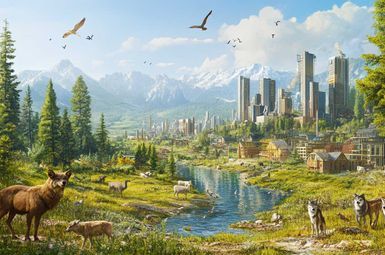
Greater human-wildlife overlap could lead to more conflict between people and animals, say the U-M researchers. But understanding where the overlap is likely to occur—and which animals are likely to interact with humans in specific areas—will be crucial information for urban planners, conservationists and countries that have pledged international conservation commitments.
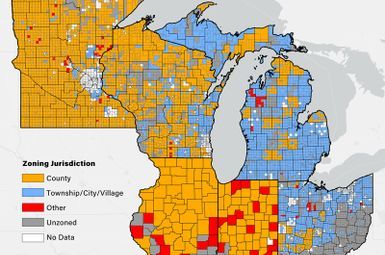
The Center for EmPowering Communities, with funding from the U.S. Department of Energy Solar Energy Technologies Office and the Michigan Department for Environment, Great Lakes, and Energy, has expanded its pioneering renewable energy zoning database to detail solar zoning regulations across the Great Lakes region.
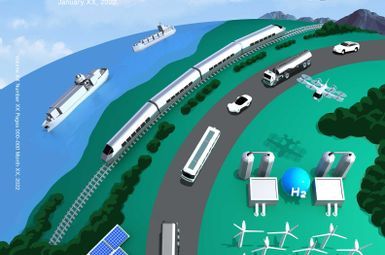
Green hydrogen is emerging as an important potential solution for decarbonizing transportation, but new energy efficiency findings indicate that it should be used strategically in heavy-duty road, rail, aviation and marine transportation, a U-M study shows.
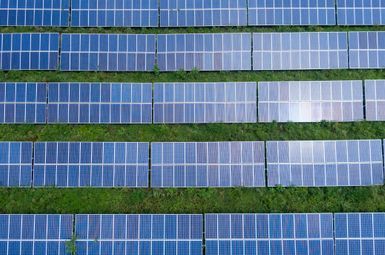
The percentage of Michigan local governments that say they have or are considering renewable energy goals has doubled since 2019. Local officials also report that a variety of energy issues, such as energy infrastructure zoning and planning for electric vehicles, are more relevant to their communities than they were four years ago, and the tone of local policy discussions regarding zoning for renewable energy infrastructure is generally seen as constructive.
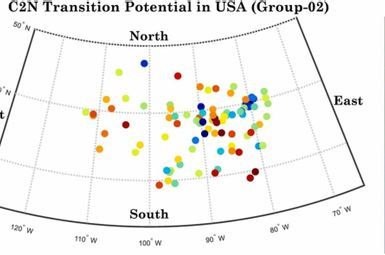
An assessment ranks the feasibility of converting 245 operational coal power plants in the U.S. into advanced nuclear reactors, providing valuable insights for policymakers and utilities to meet decarbonization goals, according to a new study by University of Michigan researchers.

Traffic pollution emerges as a lead exacerbator for ailments that come with aging.
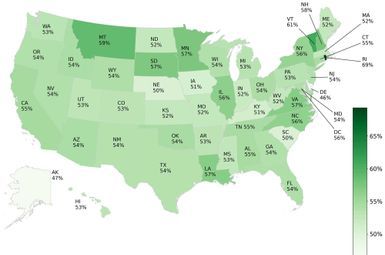
Identifying public concerns and misconceptions about nuclear energy can target efforts to bridge these gaps as nuclear energy will play a large role in goals to decarbonize by 2050, replacing oil and gas as a stable baseload electricity source.

Converting home heating systems from natural gas furnaces to electric heat pumps is seen as a way to address climate change by reducing greenhouse gas emissions. But a new U-M study of 51 Southeast Michigan households shows that switching to efficient, cold-climate heat pumps would increase annual utility bills by an average of about $1,100.

Three new U-M sustainability catalyst grants will support novel research projects to address vexing environmental challenges. “Catching the Waves” focuses on deploying wave energy converters to power remote coastal communities, starting with Beaver Island in Lake Michigan. “Mussel Roads” uses biomimicry to enhance asphalt durability by developing materials inspired by mussel-binding proteins. “Plast-ick,” leverages artificial intelligence and satellite data to predict pollutants like PFAS in water bodies.

According to a U-M survey, 86% of respondents either strongly or somewhat support adding rooftop solar panels. The survey found some regional variation: Rooftop solar drew support from 83% of leaders in the Upper Peninsula, while garnering 89% support from southeastern Michigan officials.

Copper cannot be mined quickly enough to keep up with current U.S. policy guidelines to transition the country’s electricity and vehicle infrastructure to renewable energy, according to a U-M study.
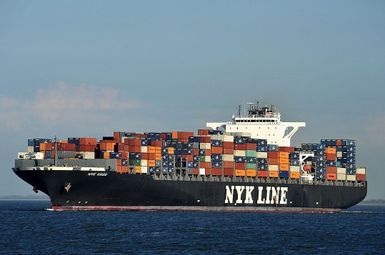
In a new effort to support decarbonizing the maritime shipping industry, U-M has entered into a strategic partnership with the Copenhagen-based Mærsk Mc-Kinney Møller Center for Zero Carbon Shipping.

“This work centers on the need to more actively link visual communication with advocacy around accessible design and move toward effective methods of communicating with, and on behalf of, audiences commonly overlooked by the built environment, It prioritizes another aspect of accessibility that is approachable and friendly and invites a diverse audience into an inclusive conversation.”
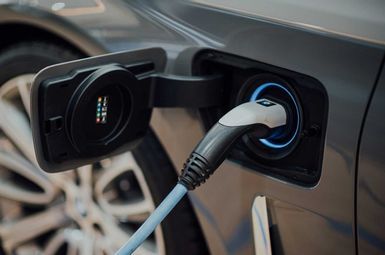
Local officials across Michigan increasingly view electric vehicle infrastructure planning as relevant for their governments, though many cite too few public charging stations and costs associated with adding them as barriers to expansion.
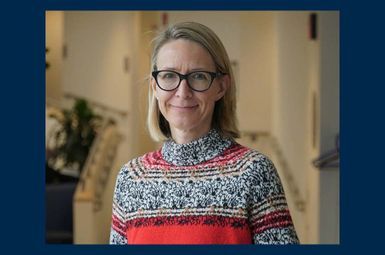
Extreme heat is America’s deadliest weather hazard, killing more people than hurricanes, floods, and tornadoes combined. Yet one obvious solution – increasing access to indoor cooling – is hindered by a lack of reliable data on which households have working air conditioning.
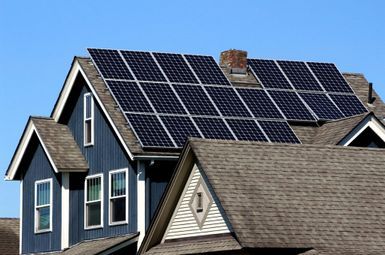
Climate change will increase the future value of residential rooftop solar panels across the United States by up to 19% by the end of the century, according to a new U-M-led study.
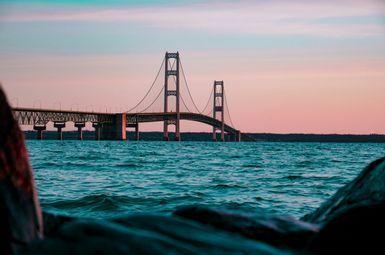
Researchers at U-M’s Rogel Cancer Center want to build a movement to understand how exposures to toxic metals, industrial pollution and “forever chemicals” called PFAS, are impacting the health and cancer risk of residents across Michigan.

In the fall of 1881, with the opening of the School of Political Science, Professor Volney M. Spalding began teaching what was considered the first forestry course in the United States.
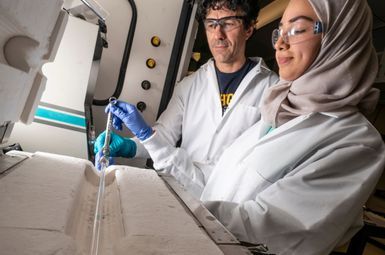
A new way to make an important ingredient for plastics, adhesives, carpet fibers, household cleaners and more from natural gas could reduce manufacturing costs in a post-petroleum economy by millions of dollars, thanks to a new chemical reactor designed by U-M engineers.
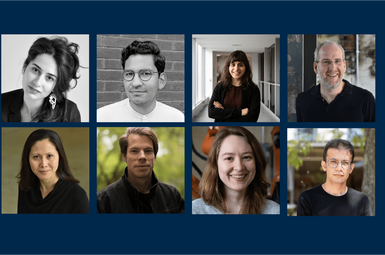
What materials and methods will allow us to design and construct low-carbon buildings? How can architects and designers promote social justice through community ownership of land? Through its Pressing Matters grant program, Taubman College has funded five faculty-led research and creative practice projects that address these questions.
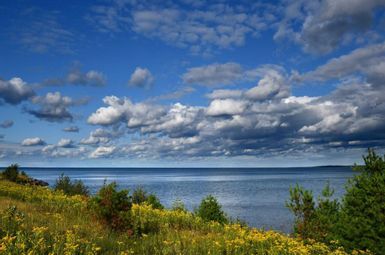
Six new research projects will investigate the shifting dynamics of harmful algal blooms, economic trends in coastal communities, emerging fish viruses, and other issues relevant to the Great Lakes.

As the architect of the Solar Energy Research Institute, which won 42 awards and was named the most energy-efficient building in the world, Rich von Luhrte knows how something is built is just as important as what is produced and why. That knowledge and his passion for addressing climate change have led him to establish a scholarship supporting students studying urban design.
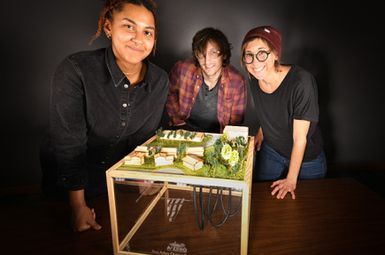
The City of Ann Arbor recently reached out to the Center for Sustainable Systems (CSS) to design a model of a geothermal energy system. The model will be used for public education and community outreach in Ann Arbor.
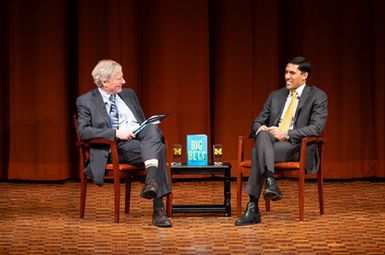
“Often we look at climate change or widespread human poverty or these deep inequities that hold so many communities back generation after generation, and we say to ourselves, these challenges are too complex. I’m just one person; what can I do to really make a difference?”
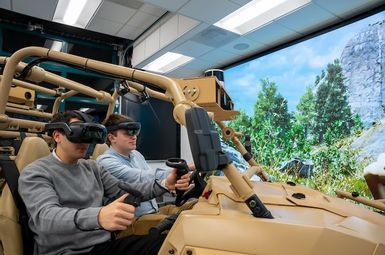
“We are driving the development of modern mobility systems with our advanced modeling and simulation methods, such as high-fidelity synthetic environments, virtual vehicle prototypes and virtual reality tools for human-autonomy teaming."
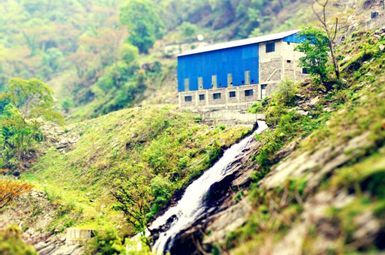
Four newly awarded sustainability “catalyst grants” at U-M are piloting innovative ways to bolster climate resilience and sustainability. Funded by the U-M Graham Sustainability Institute, these projects will explore renewable energy deployment in Nepal, climate justice in the Midwest, textile recycling innovation and equitable transportation planning.
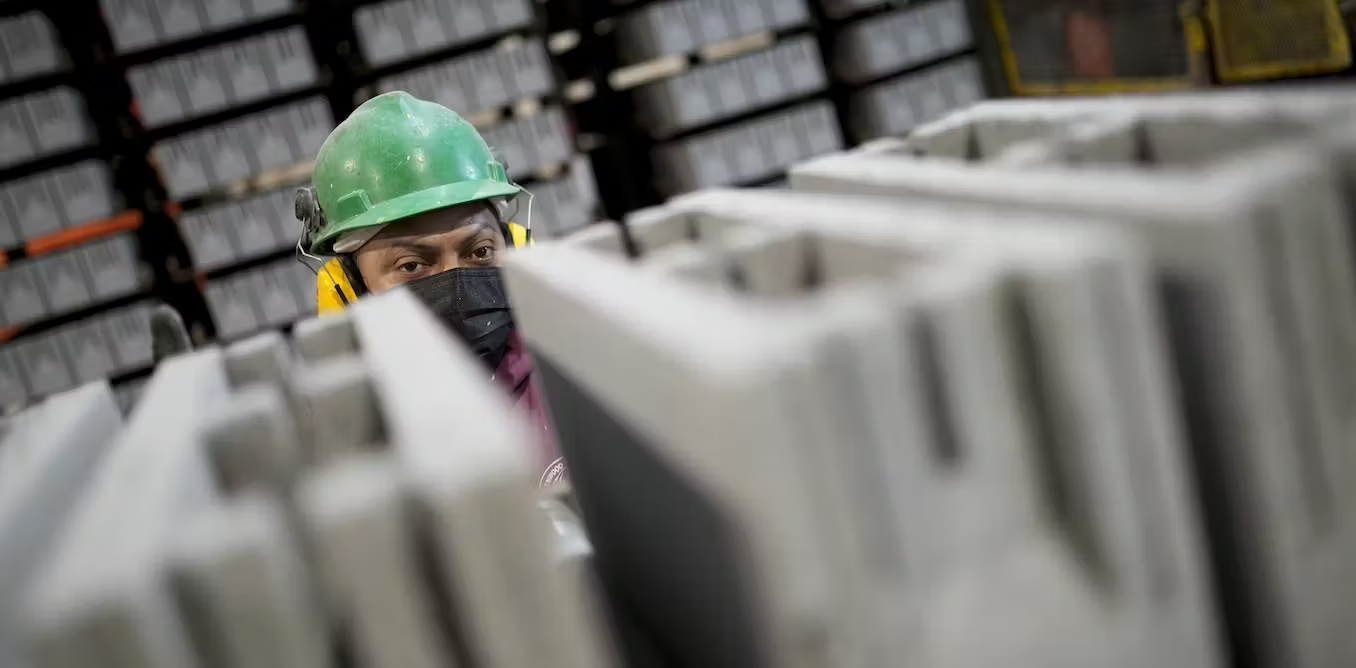
Capturing carbon dioxide from the air or industries and recycling it can sound like a win-win climate solution. The greenhouse gas stays out of the atmosphere where it can warm the planet, and it avoids the use of more fossil fuels. But not all carbon-capture projects offer the same economic and environmental benefits. In fact, some can actually worsen climate change.

Is it actually cheaper to own an electric vehicle instead of a gas vehicle? It depends. U-M researchers say that where you live matters. For instance, a midsize SUV costs more to own in Detroit than in San Francisco—one of the most expensive cities in the country.
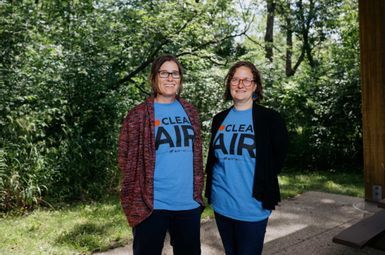
The Environmental Health Research-to-Action Academy is a community-academic partnership focused on building skills and intergenerational knowledge in environmental health, community science and policy advocacy to address cumulative environmental exposures in the nearby communities.